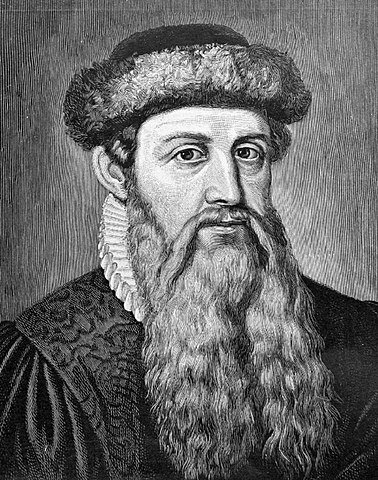Recent posts


Research Paper Guides
by  Mary Watson
Mary Watson
 Mary Watson
Mary Watson


 Photo: sru.edu, Public domain, via Wikimedia Commons
Photo: sru.edu, Public domain, via Wikimedia Commons